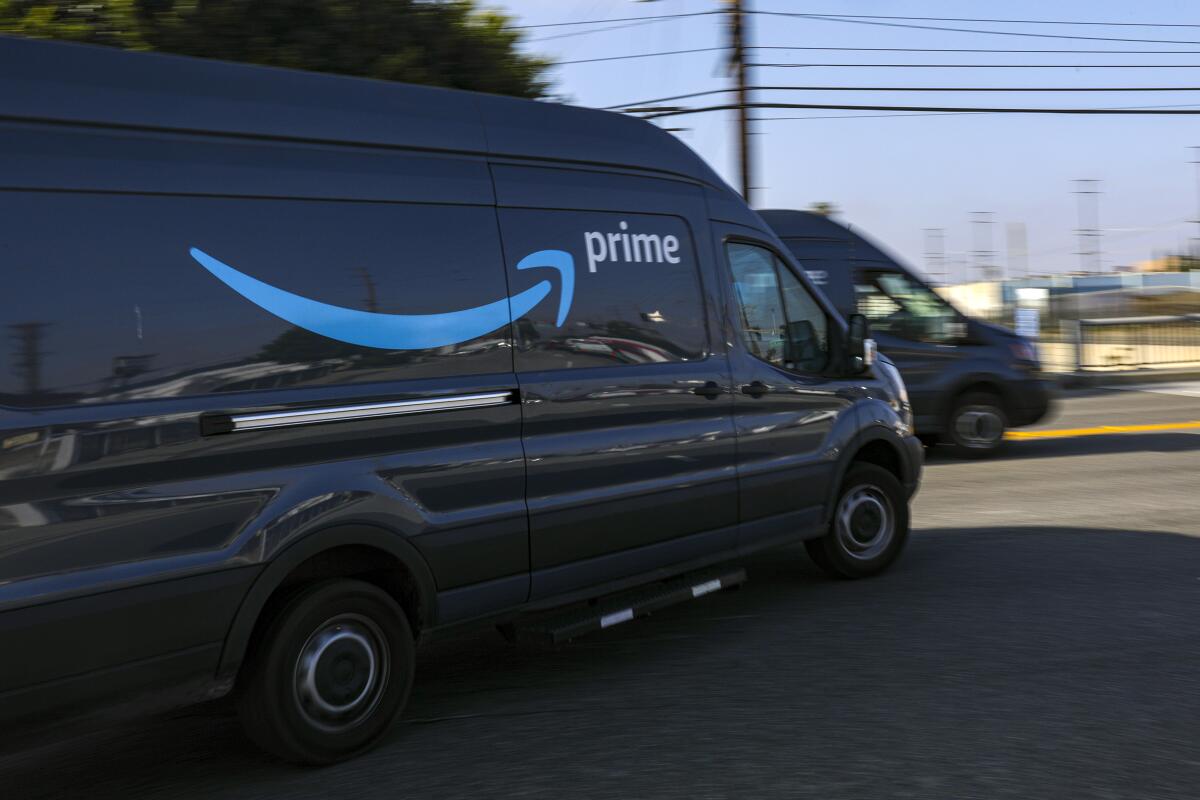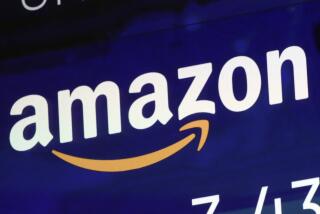Amazon reports profit, sales surge amid COVID-19 spending

Amazon.com Inc. reported profit that far exceeded analystsâ estimates, showing that the e-commerce giant can make money despite spending heavily to keep operating through the COVID-19 pandemic.
Second-quarter revenue jumped 40% from a year earlier to $88.9 billion. Earnings were $10.30 a share, beating analystsâ average projection of $1.51 a share on sales of $81.2 billion, according to data compiled by Bloomberg.
Revenue in the current quarter will range from $87 billion to $93 billion with operating income of $2 billion to $5 billion, the Seattle-based company said Thursday in a statement. Analysts estimated an operating profit of $3.04 billion on sales of $86.5 billion.
Amazon said its forecast included more than $2 billion in expenses related to the coronavirus outbreak. The company typically spends a lot of money in the third quarter preparing for the busy holiday shopping season.
âThis really puts any concerns investors had about profitability to rest,â said RJ Hottovy, an analyst at Morningstar Inc. âThey are getting more efficient despite COVID-19 and firing on all cylinders.â
Shares rose about 5% in extended trading, continuing a 65% gain this year that has outperformed the Standard & Poorâs 500 index. The stock closed at $3,051.88.
As the worldâs largest online retailer, Amazon has benefited from a stampede by consumers trying to avoid physical stores during the pandemic. The company has also spent heavily hiring workers to help it keep up with the surge in online orders as well as on measures â temperature checks, masks, sanitizer â to protect front-line warehouse workers from COVID-19. Amazon said worldwide shipping costs increased 68% to $13.7 billion in the period that ended June 30.
âAs expected, we spent over $4 billion on incremental COVID-19-related costs in the quarter to help keep employees safe and deliver products to customers in this time of high demand â purchasing,â Chief Executive Jeff Bezos said in the statement.
Chief Financial Officer Brian Olsavsky said results were better than expected because shoppers were buying mostly masks and groceries at the onset of the pandemic, which have little profit. As the pandemic continued, spending shifted to more profitable items in other categories such as electronics and household goods.
âDemand stayed strong with prime members who were shopping more often and with larger baskets,â he said, referring to customers who pay monthly or annual fees for access to faster shipping and services such as streaming video.
Amazon Web Services, the profitable cloud computing division, had revenue of $10.8 billion, up 29% from a year ago. Analysts estimated sales of $11 billion.
The company generated $18.2 billion in the quarter from warehouse storage and delivery services that Amazon provides to third-party merchants selling products on its platform. Analysts, on average, projected $15.8 billion.
Subscription revenue, mostly from Amazon Prime subscribers, were $6 billion, in line with estimates.
Other revenue, which is mostly Amazonâs profitable advertising business, was $4.22 billion, just topping the analyst average estimate of $4.1 billion.
Amazon had 876,800 full- and part-time employees at the end of the quarter. The company announced plans to hire 175,000 new workers this year â and temporarily boosted wages â to keep up with COVID-19 related demand.






